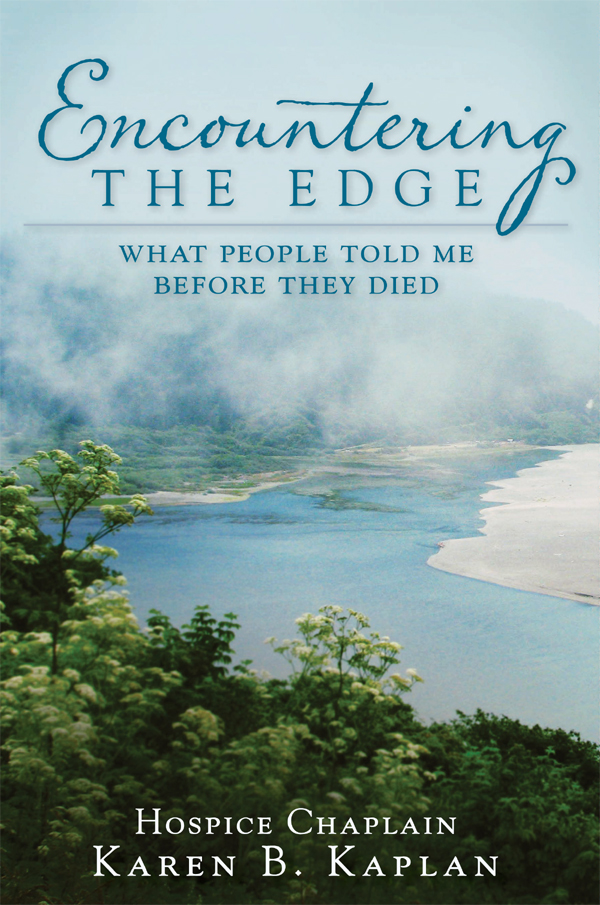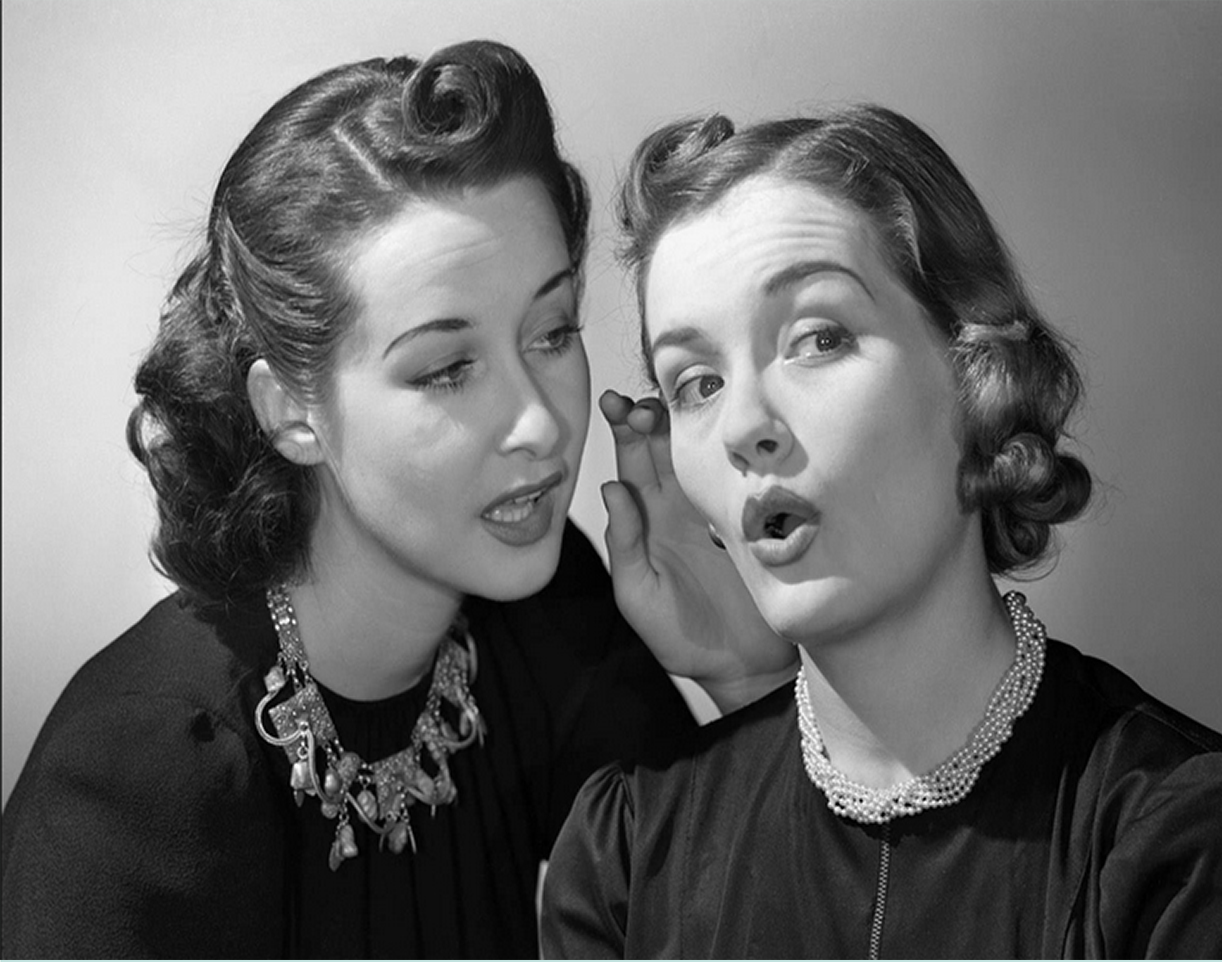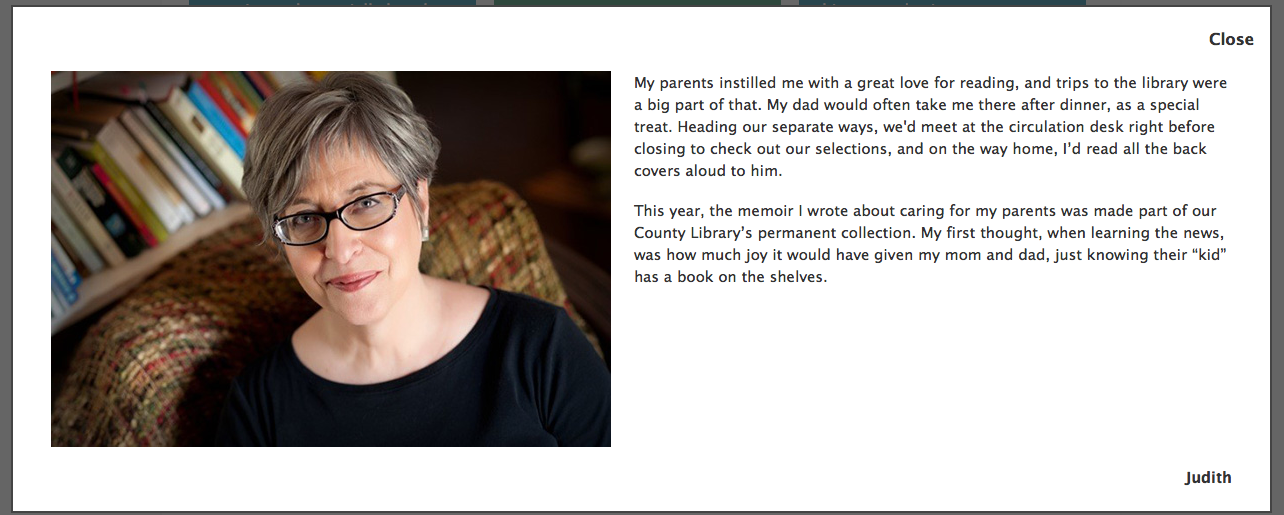Family Caregiver’s Month
November is National Family Caregiver’s Month. So, why the picture of cactus? Well, I’m a little prickly about the fact that the contributions of caregivers are officially recognized only one month out of twelve. With almost 66 million people in the United States providing care to an ill, disabled or aging family member, it should be year-round.
Since releasing my book a few short months ago, I’ve been privileged to hear the stories of so many people who are caring for moms and dads, children, siblings, spouses and life partners. And regardless of our differences, the common thread that runs through every experience is the capacity for resilience, that ability to cope with stress and adversity that sometimes seems in short supply.
It’s a word I recently asked my caregiver’s writing group to consider. What did the term mean to them? What strengthened their resiliency? What weakened it? How did they find it in themselves or others?
As always, everyone wrote from a different perspective. One person described how resilience is a living, changing thing, and that helping others to be strong enhances your own ability to cope. Another takes her lead from the weeping willow – a tree that survives the years through its ability to bend and move with the wind. For me, it could be found by looking at my tiny sparrow of a mom, 90 years old, and realizing that her body told a tale of resilience more eloquently than words ever could. Despite surgeries, disease, and heartache, she practiced gratitude every single day.
So, my question to you, dear readers, is, “What helps you deal with the difficult challenges of caregiving? Is it the support of other people? Is it strong faith? Is it a beloved family pet you can pour your heart out to? Or maybe its releasing your stress and anxiety on paper.
Leave a comment here, and you’ll be entered into a drawing on November 30th to win an autographed copy of The Dutiful Daughter’s Guide to Caregiving: A Practical Memoir.*
Take good care. You are all, quite simply, amazing.
*Sorry. U.S. deliveries only.






